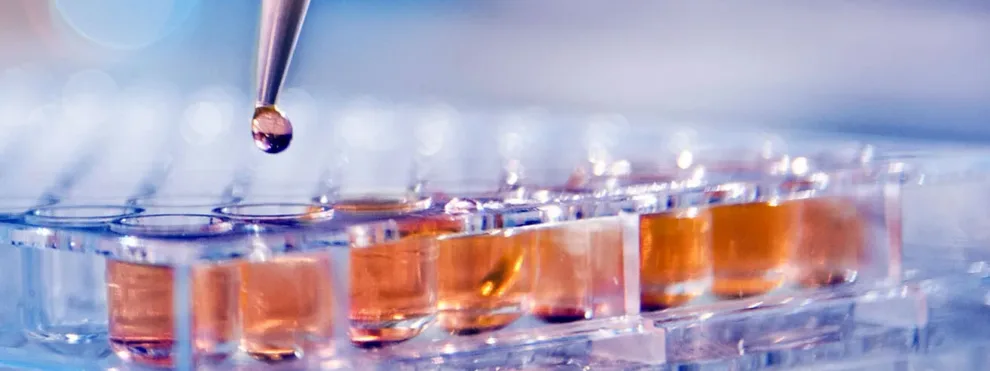Pharmacodynamics (PD) is defined as the study of the biochemical and physiological effects of drugs and the mechanisms of their actions. Where pharmacokinetics looks at how the organism processes the drug, pharmacodynamics studies how a drug affects the body organism. As bioanalytical scientists we are generally focused on the extent of change in targeted PD/biomarker concentrations induced by a therapeutic.
A wide variety of compound classes are integral to physiological pathways ranging from very small molecules to large molecular weight biologics. Consistent with our approach to pharmacokinetic assays, the availability of complimentary ligand binding assays (LBA) and LC-MS/MS instrumentation can give a path to the optimal approach for measurement of any particular PD/biomarker. The analytical strategy will also be determined by the way target PD/biomarker concentrations are changed following drug administration. Down regulation of a biomarker may require enhanced sensitivity to measure the reduced concentrations. In addition, physiological relevant changes may be small so the analytical variability of an assay must be such that observed concentration changes are not method related.
Another driver for PD/biomarker assays is the level of scientific rigor that’s needed. It’s not unusual for us to look at exploratory biomarkers as a non-GLP exercise in parallel with PK measurements that are more regulated. As the effect of the therapeutic on chosen biomarkers becomes more defined then we may move to a qualified or fully validated assay depending on how critical a biomarker is to the overall program.
Pharmacodynamic assays work on the principle of measuring changing levels of analytes that are frequently already present in a biological system. Depending on the assay needs, the approach for preparation of calibration curves has to be amended. For small molecules, we may construct a calibration curve with isotopically labeled analogues of the analytes in question. However, it is more usual to employ a surrogate matrix approach where a calibration curve is prepared in a matrix that mimics the target but is free of background analyte. Validation will include assessment of parallelism to show that the chosen matrix is appropriate and the analyte behaves similarly in both systems. With large molecule biomarkers a similar approach can be taken. Regardless of the platform, an endogenous QC is preferred for development and validation of the method, if readily available.
With small molecule biomarkers, LC-MS/MS is likely to be the technology of choice, particularly as we routinely see requests for development and qualification of complex assays including multiple members within a compound class. This can be further complicated by the presence of isomeric biomarkers where accurate measurements are dependent on inclusion of a chromatographic step to prevent interference. We have several LBA based platforms as well as Hybrid LC-MS/MS that we routinely apply to the quantitation of large molecule biomarkers. Often for challenging biomarkers, we will work in parallel using both LBA and LC-MS/MS to ensure our client’s PD/Biomarker methods are sufficiently sensitive and selective to meet their needs.
More and more PD/biomarkers methods are cell based, specifically for support of cell and gene therapies. KCAS has 10 biomarker platforms to leverage our experience and knowledge with qualification and validation of a cell-based PD/Biomarker.
Based on our assessment of key customer needs, KCAS has built a number of multiplex biomarker panels and PD/biomarker methods so we can provide off the shelf assays to support drug development programs. The growing focus on pharmacodynamic assays means that KCAS will continue to develop our expertise in this area to ensure that we can better collaborate with current and future customers.

